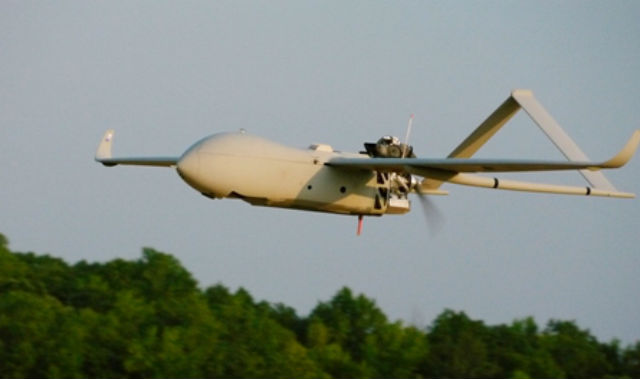Textron Systems expects to receive a Certificate of Authorization (COA) from the US Federal Aviation Administration in coming weeks which will allow the firm to operate its AAI Aerosonde unmanned air vehicle (UAV) in unrestricted US airspace.
Under the FAA Modernization and Reform Act of 2012, the administration was mandated by Congress to ensure UAVs could be fully integrated into national airspace by 30 September 2015, a task for which six test sites were established.
The Mid-Atlantic Aviation Partnership (MAAP) site – which covers testing ranges in Virginia, Maryland and New Jersey – was one of those selected, and will soon see Aerosonde UAVs flying near Blackstone, Virginia.
The flights will specifically take place at Fort Pickett – the home of the Aerosonde training centre that prepares US military and civil customers to use the UAV – but in different airspace to that allocated to the training centre.

AAI
“We’re in the last stages before gaining the COA,” Stephen Greene, vice-president of business development at Textron told Flightglobal. “For certain this will happen before the end of the year.”
David Phillips, vice-president of small and medium-endurance UAS at AAI – a division of Textron – adds that the UAV and its operators are experienced at flying in contested environments, with the type having been flown by the US military in concert with manned aircraft at Bagram air base and Kandahar airfield in Afghanistan.
“The thing holding us back [in airspace integration] is procedure and process,” Greene adds. “This is very much at the precipice of it going to happen.”
The company is also touting the Aerosonde to potential oil and gas customers that could use the UAV for a variety of surveillance and safety applications.
Four Aerosonde platforms have been purchased by an undisclosed Middle Eastern customer, which recently qualified in training on the system. Textron hopes for more custom in this marketplace as the potential of the UAV is realised.
Source: FlightGlobal.com






















